This month I am busting the myth that eating healthy is too expensive and sharing a few of my favorite tips to serving nutritious and delicious meals, without breaking the bank!
All too often I hear clients say that a barrier to eating healthy is cost. While I agree eating healthy on a budget takes a little planning and forethought, the truth is it does not have to break the bank.
When buying pre-packaged and pre-cooked food, you are actually paying more for the convenience of having the food prepared. However, healthy meals can be prepared at home for a much lower cost and can be made in bulk to eat throughout the week.
Here is your Penny Pinchers Guide to Healthy Eating
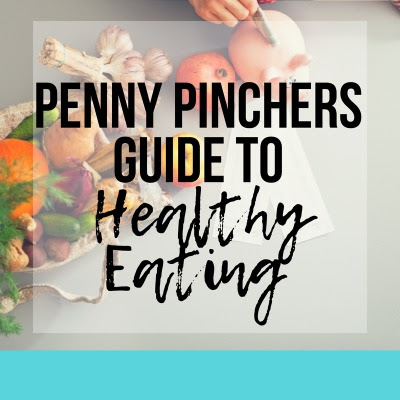 Stock Up on Fiber – Packed Freezer Finds. Frozen fruits and vegetables are a great option when it comes to eating healthy on a budget. In many grocery stores, bags of frozen fruits and vegetables are less than $1 per bag, making them an excellent option to keep in the freezer.
Stock Up on Fiber – Packed Freezer Finds. Frozen fruits and vegetables are a great option when it comes to eating healthy on a budget. In many grocery stores, bags of frozen fruits and vegetables are less than $1 per bag, making them an excellent option to keep in the freezer.
Frozen veggies are a great source of vitamins and minerals, as well as fiber, which will help keep your blood sugar levels regulated and allow you to feel full longer.
Pump Up the Protein in the Pantry. Canned protein sources are a good choice when trying to eat healthy on a budget. These items include canned tuna, salmon, and beans, which are all pantry items that can be purchased at a low cost. Increasing the amount of protein in your meals will keep you feeling fuller for longer periods of time and help maintain your muscle mass.
However, be sure to purchase canned goods that are labeled “No Added Sodium” and rinse all canned vegetables very well before cooking. Rinsing the food will reduce the overall sodium of the item.
Don’t Break the Budget with Expensive Meat. Although some fresh meat may be pretty expensive, lean proteins are still available at lower prices. Eggs, dried beans, chicken, and turkey are all inexpensive protein options available at the grocery store. One of my favorite budget friendly foods are eggs because not only are they versatile, but they also provide a complete source of protein.
Beans are another good staple item to keep on hand due to their high protein, fiber, and micronutrient content, while also being a great vegetarian source for protein.
Buy what is on sale and in season. Buy produce that is in season to get the best price. Consider the nutritional value of items on sale. Don’t fall into the trap of buying food just because it is on sale. Consider shopping for staples at a dollar store.
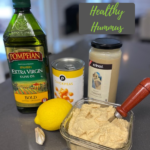

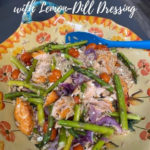

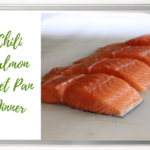
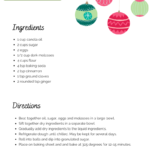
Leave a Reply